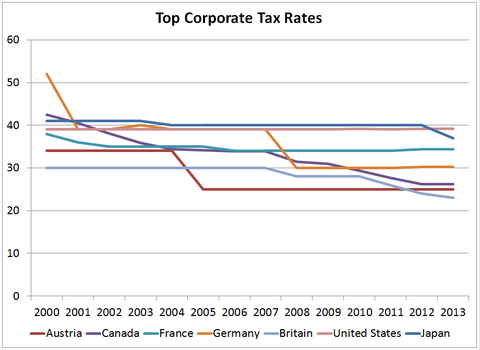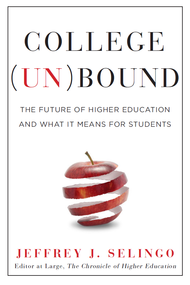And a few months later, news reports pop up. The funds aren’t being disbursed properly. Charities are competing to collect. The money isn’t going to the right people or it’s not being handed out quickly enough. And the milk of human kindness sours a little.
I, like many others, have become perplexed. Where should I give — or even should I give?
Donating to help people recover from a disaster, natural or otherwise, is nothing new. Newspaper reports of the Johnstown Flood of 1889, which killed more than 2,000 people, so touched people that they sent money, blankets, clothing, food, lumber and medical supplies.
In fact, it was the first major disaster served by the Red Cross, then recently created.
Of course with television and Web videos, the immediacy of such catastrophes is that much more intense. And the Internet has allowed giving to be done more quickly and more directly.
Funds set up to aid victims “have become standard practice,” said Ken Berger, president of Charity Navigator, a nonprofit that evaluates charities.
Not all such funds are the same. The $7 billion September 11 Victim Compensation Fund was established by an act of Congress. The $20 billion compensation fund after the 2010 BP oil spill was set up by the oil company. Both were tied to agreements by the recipients not to sue.
On the other hand, funds set up after other calamities — like the Oklahoma City bombing in 1995 all the way through to the Boston Marathon bombings — consist only of charitable donations and given without strings attached.
Few have operated without controversy.
“The results of these funds have been very mixed,” Mr. Berger said. “There is an ongoing tension between moving the money quickly and vetting who gets it.”
People have often been frustrated with traditional charities, he said, not trusting — sometimes with good reason — that the money is going to the right people and not being used, say, for lavish salaries. And fraudulent charities have popped up after many of these tragedies.
In response to such concerns, a group of 70 parents and families affected by the dismal litany of shootings — from Columbine High School in Colorado to the Oak Creek Sikh Temple in Wisconsin to the Newtown, Conn., elementary school — want to set up what they call a National Compassion Fund to aid victims of human-made disasters, as opposed to natural ones, on the theory that the Red Cross is already managing those.
The idea would be that the next time — and it will happen — a mass shooting or bombing or some other crime occurs people can donate to the national fund and a specific protocol will swing into place to collect the money and get it directly to the victims.
“Every single time one of these tragedies occurs, the same thing happens,” said Mai Fernandez, executive director of a nonprofit, the National Center for Victims of Crime, which is considering overseeing the National Compassion Fund. “People say, ‘Oh my God, I want to do something, someone collects — a United Way or a community foundation — and there’s no protocol to give the money. It’s time to get our act together.’ ”
In Newtown, for example, the bulk of the money was donated to the United Way of Western Connecticut, which then created a new foundation to give out the funds. There are, however, disputes about the role of the various charities involved in distributing the more than $20 million collected and how the money should be spent.
The National Compassion Fund, still in the planning stages, would be endorsed by a state or local official immediately after a tragedy occurs that is fatal or causes life-changing injuries to at least five people in a public place.
It would have tax-exempt status and money would be distributed within six months, Ms. Fernandez said, with “every dime to go to the victims,” as a nontaxable gift.
A lot still needs to be worked out — like finding donors who will pick up the administrative costs and a partner to collect and distribute the money — but the One Fund in Boston is a good example of the right way to do things, Ms. Fernandez said.
The fund has raised almost $40 million and checks will go out to victims and families starting July 1, said Camille Biros, deputy administrator of the One Fund.
It sounds good. But is it?
“People are so touched by these tragedies that they want to reach out,” said Stacy Palmer, editor of The Chronicle of Philanthropy. And the desire is that the money goes out instantly.
But that may not serve the real needs of the victims or community, she said, noting that, “with the Oklahoma City bombing, they’re still dealing with severe mental health care needs.”
Charities need to do better to educate people about the continuing needs of the community, she said.
“Maybe give 20 percent now but hold back 80 percent,” she said. “It may be a harder sell, but I think it’s more responsible.”
Also, perhaps people should think more deeply about why they are donating. We are moved by grief-stricken families and maimed bodies. But is sending money to help them the best way to help?

E-mail: shortcuts@nytimes.com
Article source: http://www.nytimes.com/2013/06/01/your-money/contemplating-effective-relief-actions-when-tragedies-occur.html?partner=rss&emc=rss









